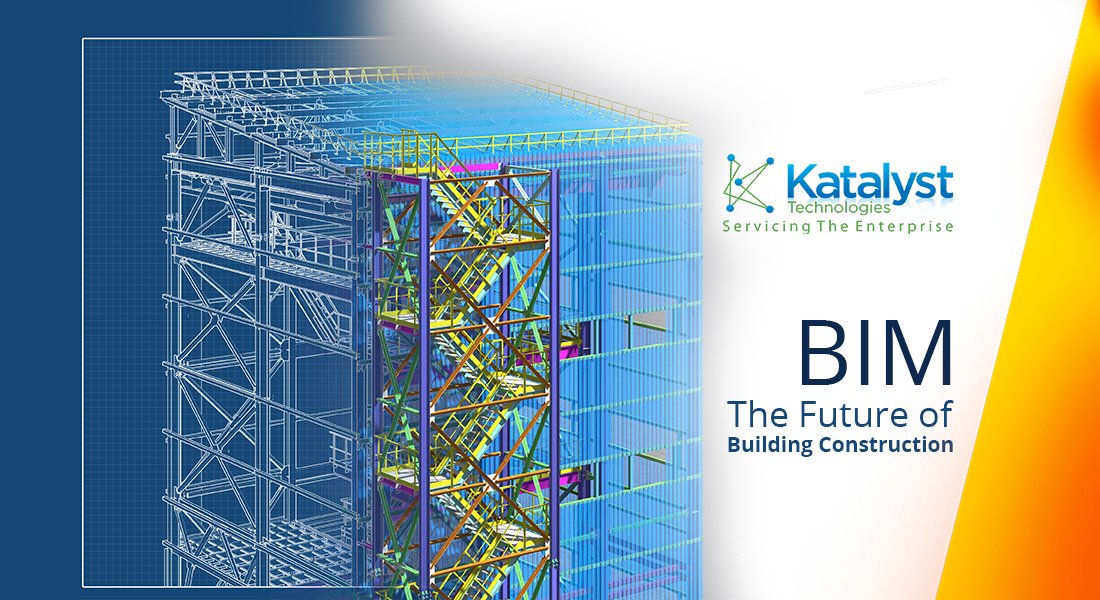
The nature of construction has always made it difficult for engineers, contractors, and clients to be on the same page. Communicating complicated blueprints and designs is challenging enough, but time-consuming modification processes are an obstacle that standard engineering practices cannot overcome. However, the rising adoption of building information modeling (BIM) allows all parties to rely on and build upon the same living document as a real-time reference of a project’s progress.
BIM files can serve an important function in decision making, easing collaboration between subcontractors such as electrical workers, plumbers, window installers, and others, when creating a 3-D virtual model of a forthcoming building. A general contractor must keep track of every element to ensure there are no conflicts in the final design, and BIM can ensure that every pipe and pane of glass fits perfectly.
BIM “is basically creating a low cost virtual model at a and saving a ton of money down the road with by catching mistakes early on,” says Alex Escobar, Lead Engineer – Global Engineering & Manufacturing at Katalyst Software Services Limited. Architects, engineers, designers, and contractors can update their own individual components of a construction assignment, and, through BIM, it will automatically update, giving everyone a complete overview of where they fit into the project. The convenience and flexibility of BIM can especially improve if it’s hosted on a cloud server, and some countries, such as the United Kingdom, are pushing for adopting international BIM standards for further advancement of this increasingly used technology.
How Does It Help the Client?
Adopting BIM might require more work up-front, but it can save significant headaches later on, Escobar says. The program makes editing intuitive and easy, and when handled effectively, Escobar says that the process can reduce the timeline for a client’s modifications from months to hours.
Indeed, though builders certainly appreciate the value of BIM, the clients that foot the bill might be especially pleased with its benefits. According to Autodesk insight:
- 72% of project owners find that BIM leads to more accurate cost predictions
- 85% of project owners find it leads to fewer errors
- 92% say that it optimizes designs
- 85% say it led to an improved work schedule
- 98% felt they had a better understanding of the process and the end result
Additionally, BIM has long-term benefits that extend beyond the initial construction. It can be a resource for predictive maintenance, identifying discrepancies, asset planning, and facilities management.
“Modifying on BIM is effortless compared to having to do corrections on an actual job site,” says Escobar. Errors can be corrected much more easily, and because adjustments are in tandem with one another, users will have a strong overarching view of the ultimate end result. Before you embark on your next construction project, reach out to the engineering experts at Katalyst. Implementing BIM can make sure you have a clear and efficient direction as you build your architectural masterpiece.

